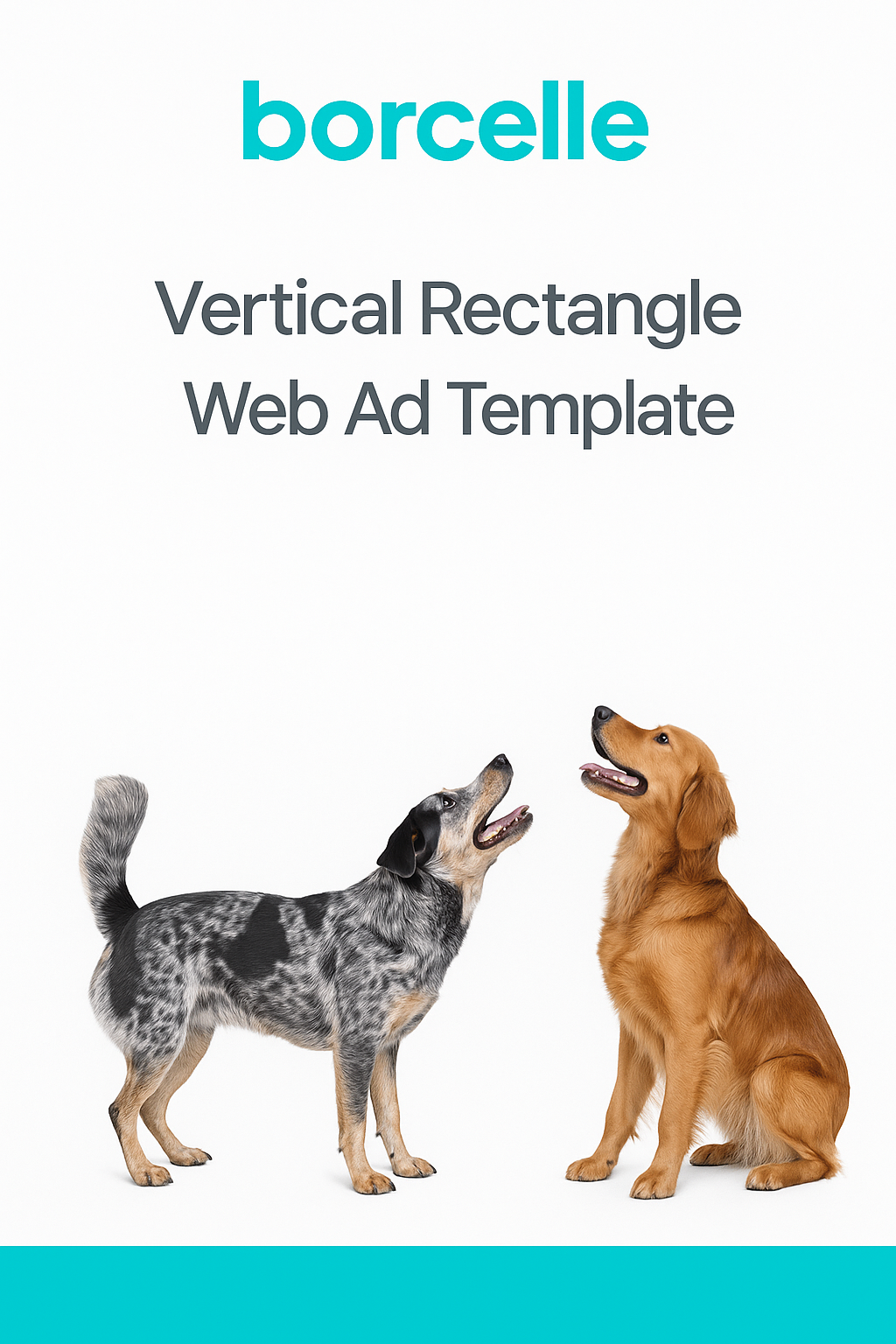Dental disease in pets is a common problem and unfortunately, it is often overlooked. A lot of pet parents just don’t know that it’s an important aspect of their pet’s health that like humans, needs to be maintained. It’s estimated that approximately 85% of pets have some form of dental disease which can be a source of infection that spreads to other parts of the body. One of the founding members and former president of the Academy of Veterinary Dental Technicians (AVDT), Jeanne Perrone, who is a leading veterinary technician that specializes in veterinary dentistry answers some of the most common cat and dog dental care questions.
1. Do dogs and cats need their teeth cleaned?
While our dog and cat family members have their own unique personalities, dental disease in pets is similar to that in humans. As we have seen time and again on toothpaste commercials, teeth that are not taken care of can lead to a build-up of plaque that if left unchecked, can cause infection of the gums and loss of the bone that holds our teeth in place. Dogs and cats are also more prone to trauma to their teeth due to things like falling, playing and chewing on objects that are too hard. Having the teeth examined yearly by a veterinarian provides an opportunity to address any ongoing problems with the teeth and gum along with the help of the pet parent to prevent potentially serious issues in the future.
2. Do dogs and cats need their teeth brushed?
Dental disease in dogs and cats follows a similar path as compared to their human counterparts. Plaque bacteria forms on the teeth within hours of brushing and even after a professional cleaning. Pet parents who provide regular care of their pet’s teeth at home can maintain good oral health. The brushing action against the teeth surface lowers the presence of plaque bacteria. Due to the presence of the high fluoride content (not salt) in human toothpaste that can cause stomach upset, a dog and cat-specific toothpaste must be used (Gorrel, 2013).
3. How often do dogs and cats need their teeth cleaned?
A professional pet teeth cleaning takes place in a veterinary practice. Pets are put under anesthesia and undergo a comprehensive oral health assessment and treatment (COHAT). Cats commonly need cleanings once a year while with dogs it depends on their size. Toy breeds who are less than 15 pounds (6.8 kgs) benefit from cleaning twice a year as plaque grows faster in these pets where dental disease can present as early as six months of age. Medium-size breeds 15-50 pounds (6.8 – 23 kgs) do well with a yearly cleaning and large size breeds over 50 pounds (23 kgs or greater) can sometimes go two years between cleanings. An examination by a veterinarian will be the deciding factor.
4. How often do dogs and cats need their teeth brushed?
Teeth need to be brushed twice daily to maintain oral health in people and pets are no exception. Plaque bacteria is a factor in dogs and cats, and what removes plaque bacteria from the tooth surface is brushing. If a pet tolerates having their teeth brushed twice a day then that will greatly help to maintain good oral health between professional cleanings. If a pet is less tolerant then once a day is sufficient and if they do not tolerate it at all then other options exist that work for both pet and owner.
5. When do dogs and cats lose their baby teeth?
Dogs and cats should lose all their baby teeth by 4-6 months of age. Baby teeth that are still present after six months of age should be examined by a veterinarian as they may need to be extracted.
6. How long does it take for adult teeth to grow in dogs and cats?
In general, adult teeth in dogs and cats should start to appear at four months of age and be completely present at six months. If the adult teeth do not appear, consult your veterinarian.
7. Do small or large breed dogs have more problems with their teeth?
Toy breeds less than 15 pounds (6.8 kgs) do have more problems associated with controlling dental disease due to their smaller mouth size and in some cases, longer hair around the muzzle. In toy breeds, the smaller the mouth size, the closer the spacing or crowding of the teeth coupled with a higher frequency of being fed a soft diet or table food can cause more substantial plaque buildup. Large breed dogs have greater spacing between teeth and in general do not show signs of dental disease as quickly, but if the pet has abnormal tooth alignment then this can cause the teeth to overlap and therefore dental disease can present more rapidly.
8. How can I tell if my dog or cat has gum disease?
The first indication of gum disease is bad breath or halitosis. If halitosis is present, the best way to tell if your pet has gum disease is to lift their lips and have a look at the teeth and gums if they are comfortable with having their face handled. Do the teeth surfaces have a brown buildup or tartar? Are the gums red and inflamed? Is blood present at the gumline? If any of these conditions are present, it is time for your pet to have a professional cleaning. Please be careful if your pet shies away from you when you approach their face. This behavior could be a sign of oral pain, and touching the face could cause them to snap or bite. If there could potentially be pain, make an appointment to have your pet’s teeth checked at the veterinary hospital.
9. What happens if you don’t brush your dog or cat’s teeth?
If no oral care is taken whether it be through brushing or a dental cleaning, the bacteria can cause infection of the gums and lead to loss of the bone that holds their teeth in place. Learn more about how to effectively brush a dog’s teeth and cat’s teeth with Dr. Clayton Greenway.
10. Can dogs and cats get gingivitis?
There are two stages of gum disease – gingivitis and periodontitis. Gingivitis presents as a thin red line of inflammation where the gums meet the tooth. Gingivitis is the only reversible form of dental disease. A professional cleaning under anesthesia will cause the inflammation to subside. If the gingivitis is left unchecked, periodontitis can develop which affects the support structures of the tooth – the gums and the bone socket that hold the tooth root and the bacteria present in gum disease can cause irreversible injury to these structures. A professional cleaning and daily home care on the part of the pet owner can stop or slow the progression of the loss of these support structures.
11. Can dogs and cats get tartar?
Yes, the saliva has trace minerals such as calcium that collect on the tooth surface and can lead to tartar buildup. Tartar is an excellent place for the plaque bacteria to anchor themselves and continue to multiply. Tartar is also a hard material that is best removed through a professional cleaning. Providing daily home care after a professional cleaning offers the best chance to decrease the rate of tartar buildup. Maintaining regular professional dental cleanings and daily home care will slow the progression of dental disease.
12. Can I give my dog or cat human toothpaste?
No, the use of a human toothpaste is not recommended mainly because of the high fluoride (not salt) content, which may lead to acute, but more likely chronic, toxicity problems as pets do not rinse and spit but rather swallow the toothpaste. A non-foaming formula is encouraged, but it is not critical. A flavor pets like is best as it will allow owners to brush the teeth for a longer period (Gorrel, 2013).
13. Which toothpaste can I give my dog or cat?
An appropriate toothpaste must be labeled as being intended for dogs and cats. These toothpastes are available at pet suppliers both online and in-store as well as at veterinary clinics. If your pet has food allergies to certain ingredients, remember to check the label before purchasing or have your veterinary clinic dispense a product that is best suited for your pet.
14. Which toothbrush should I use on my dog or cat?
Pet specific toothbrushes are available at pet suppliers both online and in-store as well as veterinary clinics. Another thing that can be tried is a soft baby’s toothbrush from the drug store. Tooth brushing can also be performed using finger brushes as long as the bristles are very soft and there is no chance of being bitten.
15. Do water additives for dog and cat teeth work?
Water additives are products that are mixed with the pet’s water to help freshen the breath. These products are available through pet suppliers both online and in-store as well as at veterinary clinics. For a list of effective products, go to the Veterinary Oral Health Council at http://vohc.org/all_accepted_products.html.
16. Do chewies for dog and cat teeth work?
There are many products that are designed to clean your pet’s teeth through chewing. They work by rubbing against the pets teeth as they bite and chew which can lower the amount of plaque bacteria present on the tooth’s surface. For a list of effective products, go to the Veterinary Oral Health Council at http://vohc.org/all_accepted_products.html.
17. What can I do to prevent dental disease in dogs and cats?
a.) The first step is to have your pet’s teeth examined at a veterinary clinic in order to come up with a preliminary treatment plan, including home care product recommendations.
b.) The next thing to do is to schedule a professional dental cleaning. After dental X-rays are taken, a final treatment plan will be presented for your approval.
c.) Once your pet has recovered from surgery and finished any surgical treatments, you can begin daily home care using the products that were recommended.
d.) Wondering whether or not you should have your pet’s teeth checked at their annual visit? According to the World Small Animal Veterinary Association (WSAVA), teeth should be professionally cleaned at the first sign of redness of the gums which is an indicator of gingivitis and is the only stage of gum disease that is reversible. Practicing preventative dentistry will not only improve oral health but may also reduce the amount of time your pet is under anesthesia. By getting patients a professional cleaning sooner along with daily home care will help to reduce the need for periodontal therapy and extraction of teeth. (Niemiec, 2019).
18. Besides brushing, what are some other ways to prevent dental disease in dogs and cats?
Brushing the teeth is the best way to reduce plaque bacteria on the tooth surface. Other options besides brushing will depend on a pet’s tolerance and the owner’s ability. There are products that can be directly applied by the pet owner such as a gel or rinse. If a pet will not allow you to handle their mouth or the owner is not physically able, then a product that is taken in through feeding or chewing would be best. Examples of these are dental chews, dental diets or supplements that you can add to the food. For a list of effective dental products, go to the Veterinary Oral Health Council at http://vohc.org/all_accepted_products.html.
19. What are the signs of oral cancer in dogs and cats?
The first sign of a potential oral cancer is facial swelling that can involve the upper or lower jaw and potentially the lymph nodes of the neck. Catching these symptoms early and getting your pet to the veterinarian as soon as possible can drastically improve the prognosis. It’s important to note that not all oral swellings are malignant. The best way to find out is to have your veterinarian submit a biopsy sample to a veterinary pathologist. Once the diagnosis is made, you and your veterinarian can discuss possible treatments and therapies.
20. Can I remove tartar and plaque from my dog or cat’s teeth at home?
Once plaque and tartar has been established in the mouth, it is very difficult to remove it through the use of home care products. In this situation, it is best to have a professional cleaning performed and then begin daily home care after recovery.
21. Is there a way to remove tartar or plaque from my dog or cat’s teeth naturally?
There are many home care products available that list natural ingredients. It is vital to research these products to ensure that the claims made are based on evidence-based research. The best products to start with would be those listed on the Veterinary Oral Health Council (VOHC) website as they must undergo rigorous testing in order to receive their endorsement. Each one of these products has a list of ingredients that you can assess to determine if it is right for your pet. For a list of effective dental products, go to the Veterinary Oral Health Council at http://vohc.org/all_accepted_products.html.
22. Does apple cider vinegar to remove tartar or plaque from my dog or cat’s teeth work?
On the human side, apple cider vinegar has been claimed to whiten teeth and remove plaque. An article by Wilson (2019) reviewed research on this topic and found that the problem with continued use of apple cider vinegar is that it will erode the enamel layer of your teeth. In pet literature, apple cider vinegar has been added to drinking water to promote dental health, but there are no research citations to back up this claim (Hunt-Rivera, 2018). To avoid the risk of enamel erosion, I would not recommend the use of apple cider vinegar unless evidence-based research on dogs and cats is available.
23. Does my dog or cat have to be put under anesthesia for a dental cleaning?
Yes. We have to place pets under anesthesia for dental cleanings because they will not tolerate having their teeth scaled and polished while awake and as a result, the surfaces of their teeth would not be adequately cleaned. There are services out there that provide anesthesia-free cleanings which are attractive to pet owners because it takes away the worry of putting their pet under anesthesia. The American College of Veterinary Dentistry (AVDC) has issued a position statement on this practice, and I urge all pet owners to read this document to understand why this is not the best decision for your pet (2019). To allay fears of anesthesia risk, practices should run diagnostic lab tests and design an anesthesia protocol that is tailored to the pet’s current health status.
24. Is it okay if I don’t brush my dog or cat’s teeth and only do a dental cleaning?
Deciding not to provide daily home care for your pet is fine, but they must get regular professional dental cleanings at a veterinary clinic. How often depends on your pet but a good rule of thumb is yearly. Scheduling the cleaning after the yearly physical is an excellent way to remind yourself.
Resources:
- http://www.pethealthnetwork.com/dog-health/dog-checkups-preventive-care/dr-ernies-top-10-dog-dental-questions-and-his-answers
- https://vcahospitals.com/know-your-pet/dental-disease-in-cats
References:
Anesthesia free dentistry: Know the facts. (2019). Retrieved from AVDC: https://afd.avdc.org/category/for-pet-owners/
Gorrel, C. (2013). Veterinary Dentistry for the General Practitioner, ed 2. Elsevier.
Hunt-Rivera, C. (2018). Apple cider vinegar for dogs: A natural path toward health. Retrieved from Simple Wag: https://simplewag.com/apple-cider-vinegar-for-dogs/
Niemiec, B. G. (2019, January 10). Global Dental Guidelines. Retrieved from WSAVA Global Veterinary Community: https://www.wsava.org/Global-Guidelines/Global-Dental-Guidelines
Wilson, D. (2019, April 26). Will apple cider vinegar damage my teeth? Retrieved from Healthline: https://www.healthline.com/health/apple-cider-vinegar-teeth








